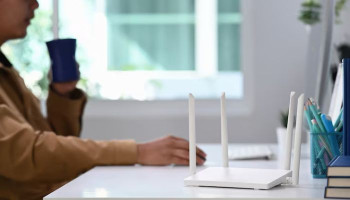
Google has been steadily enhancing Android’s “desktop mode” since its initial introduction in Android 10 back in 2019. Initially aimed at developers, this feature provided a way to test apps in multi-display environments but wasn't quite ready for the general public due to its rudimentary capabilities. Fast forward to now, and signs point towards a more refined, user-friendly desktop mode possibly emerging in Android 15.
The focus on improving desktop mode started gaining traction in 2022, and the recent updates in Android 14 are hinting at significant progress. According to Android Authority, the latest Android 14 QPR3 Beta 2.1 update showcases a more polished desktop experience. While the feature is still not fully out in the open, accessible only through specific flags, the advancements are evident.
Read more: Latest Android 15 update — All you need to know
The updates bring enhanced window management capabilities to Android, aligning it more with traditional desktop environments. Users can now resize and move app windows with more freedom. The resizing process, though momentarily obscuring the window’s content, and the ability to snap windows to screen edges, are notable improvements. Additionally, full-screen Android apps now offer various display options including full-screen, split-screen, and freeform modes.
This progression could be a game-changer for those seeking to use their phones as makeshift PCs, especially when travelling. However, the way Google plans to market this feature and its compatibility with external devices like keyboards and mice remain to be seen.
Still, the journey to a fully functional desktop mode in Android isn’t without its challenges. The lack of dedicated launchers, keyboard shortcuts for efficient window management, and limited app support for drag-and-drop functionality show there’s room for growth.
For Google to truly make this Android 15 feature competitive, particularly against established third-party solutions like Samsung Dex or Motorola Ready For, it needs to foster developer support, likely through the release of specialised APIs. Only with a concerted effort in this direction can Android’s native desktop mode hope to stand out in the crowded productivity space.
















